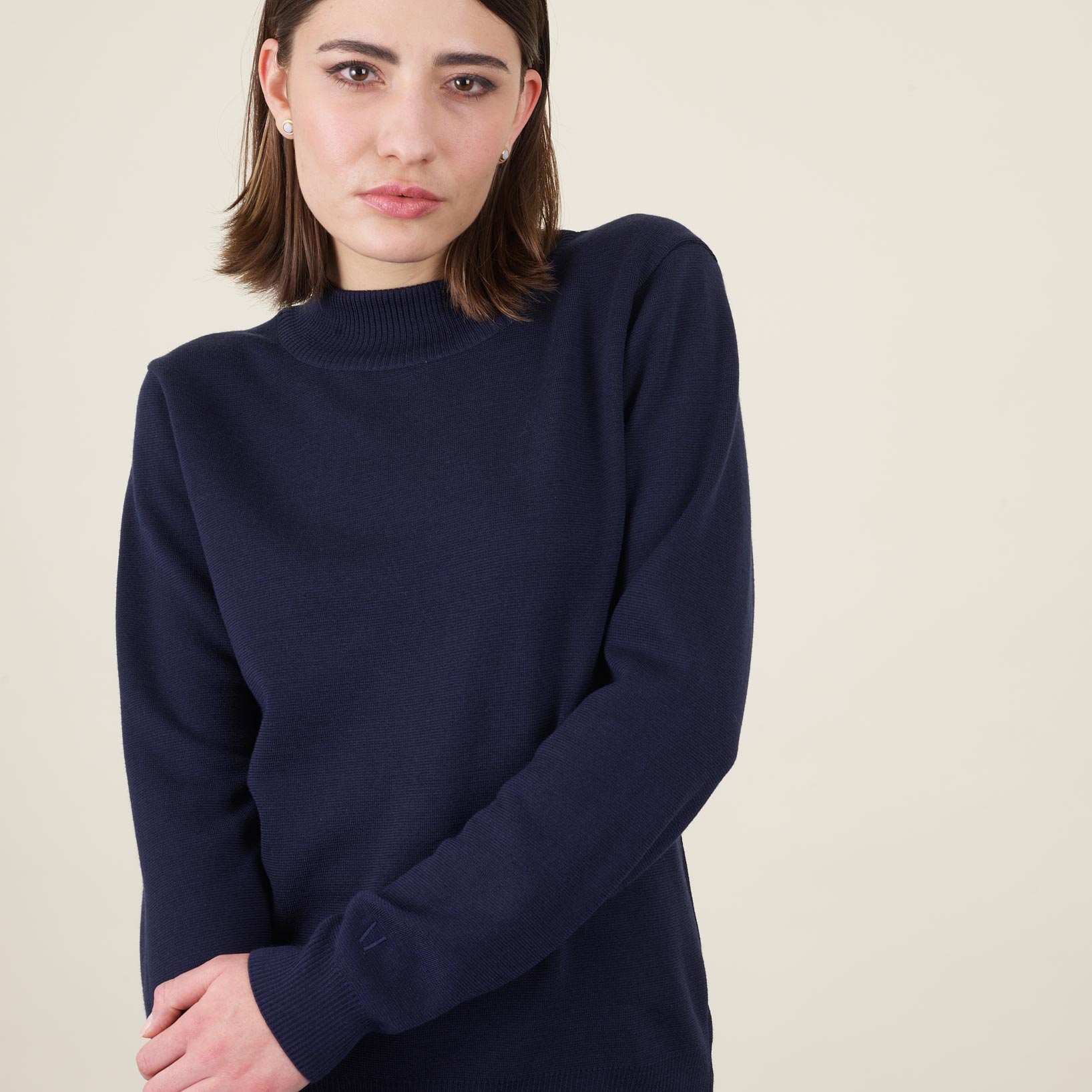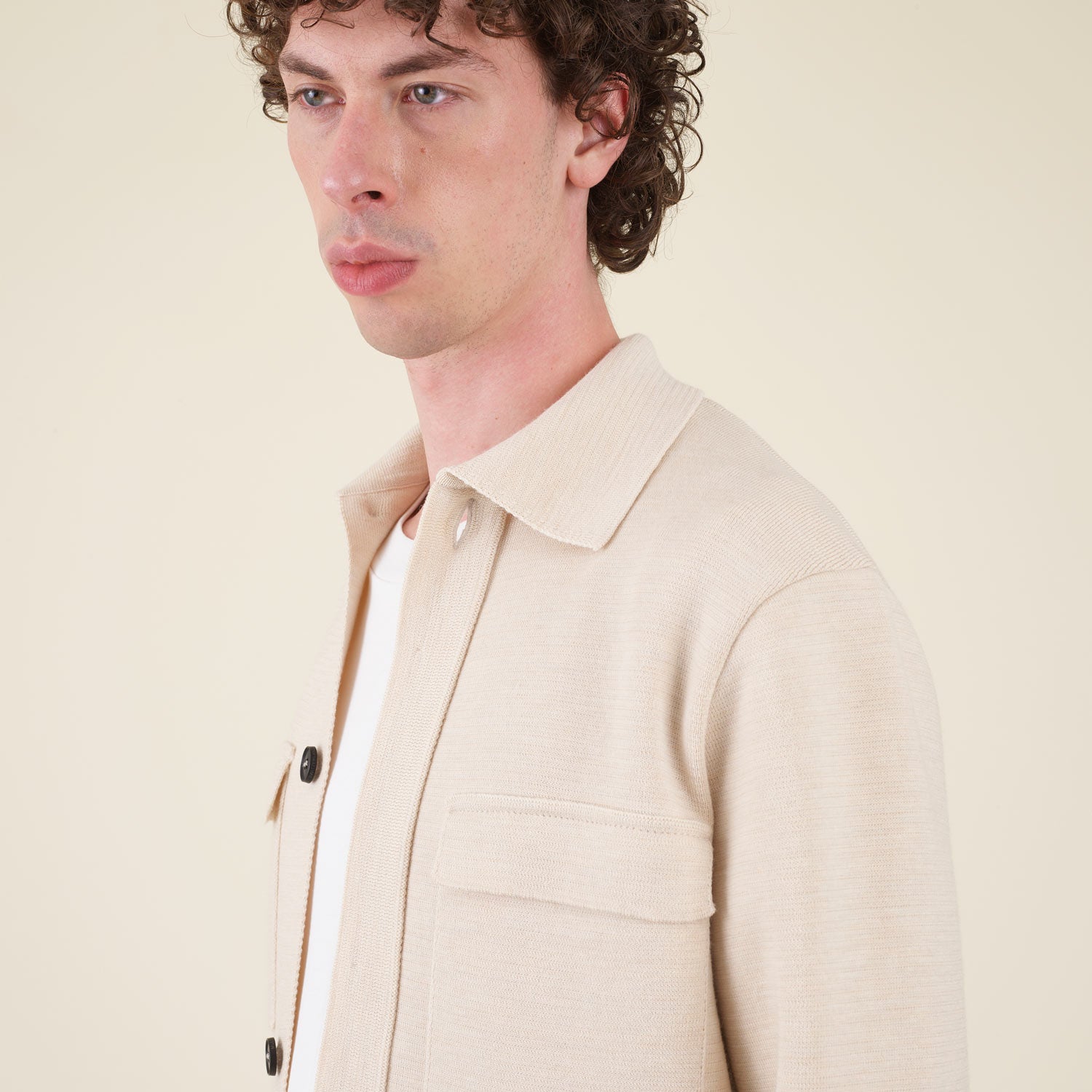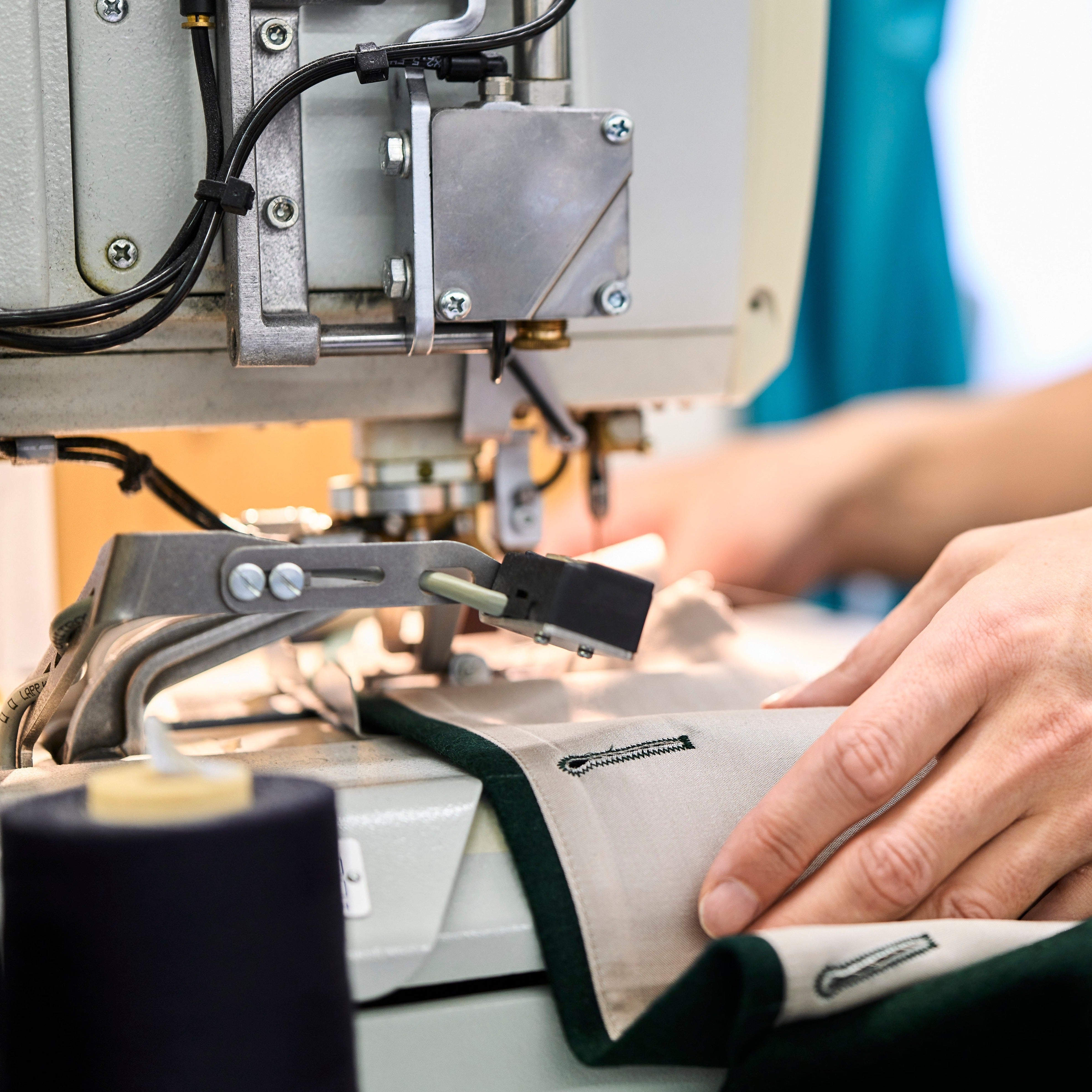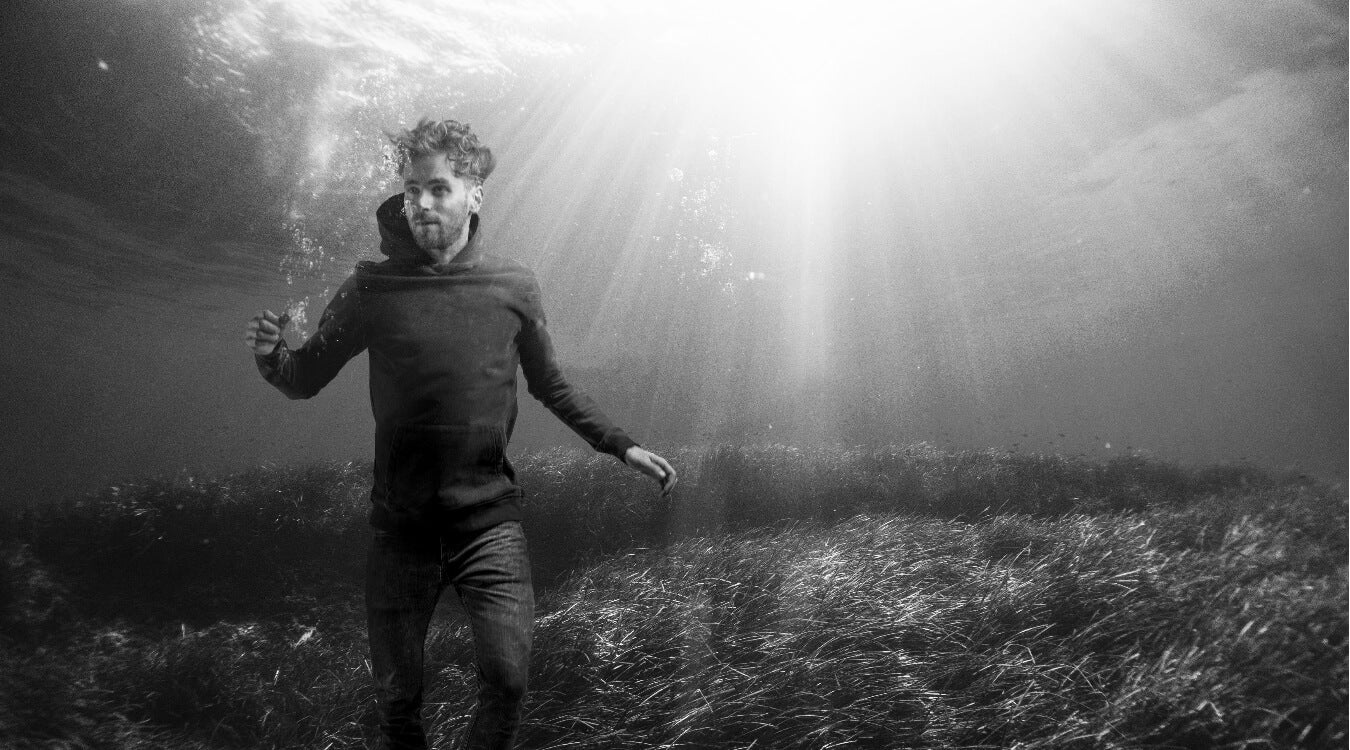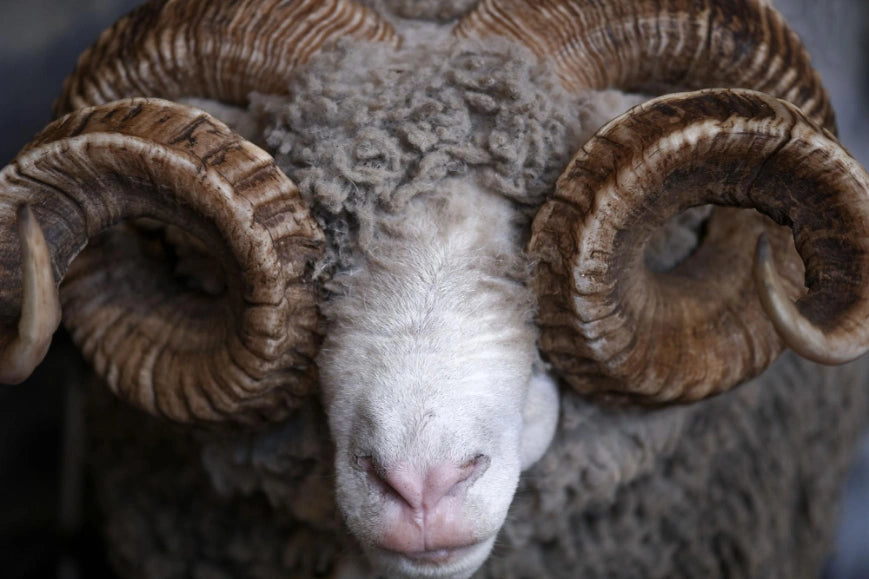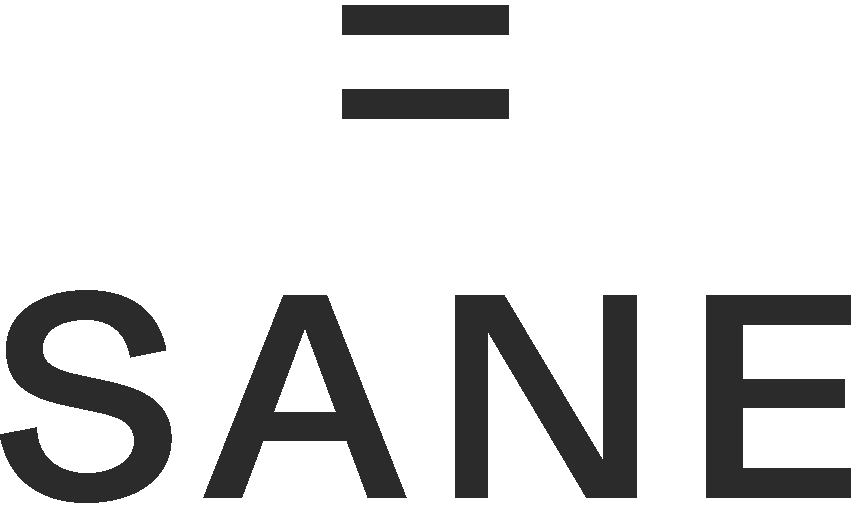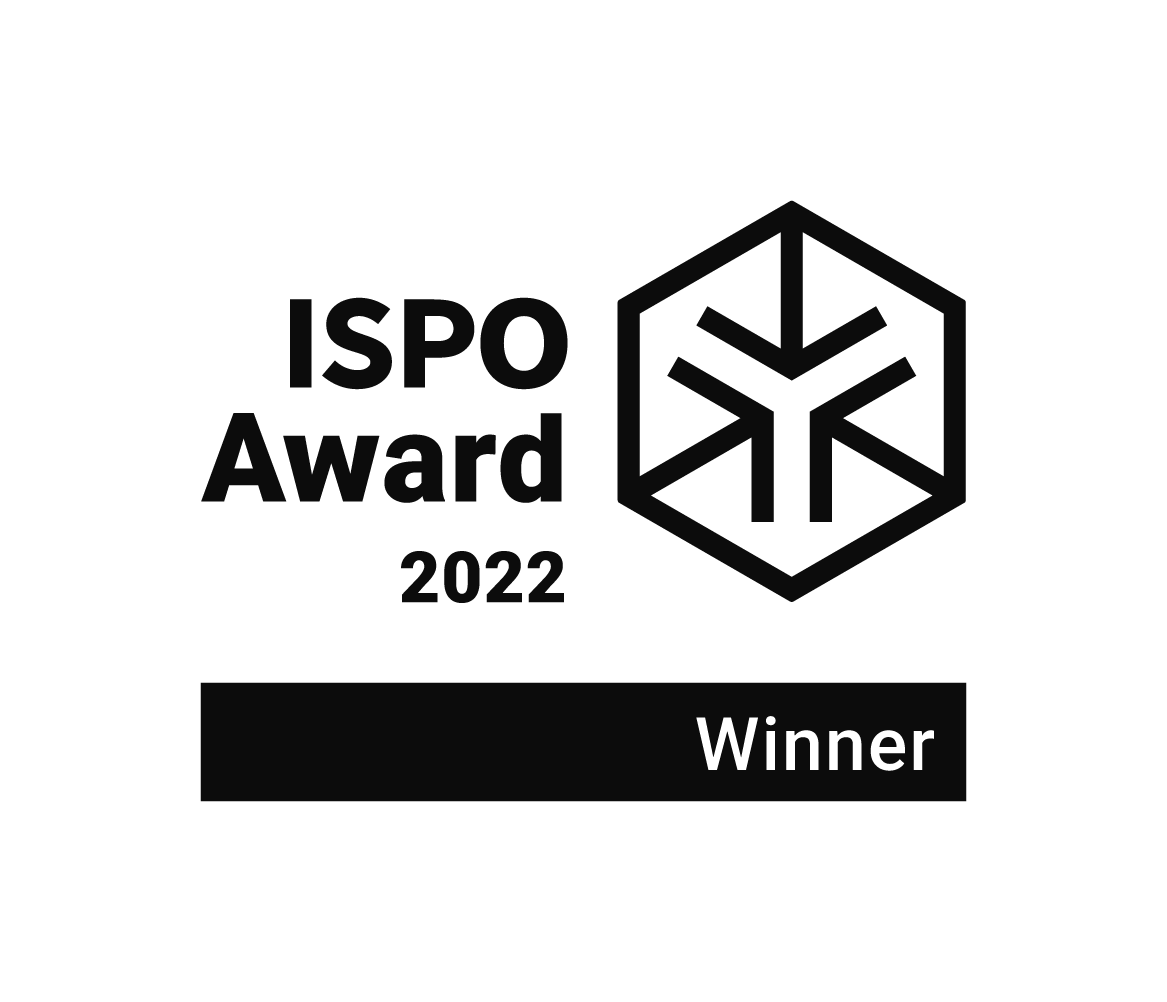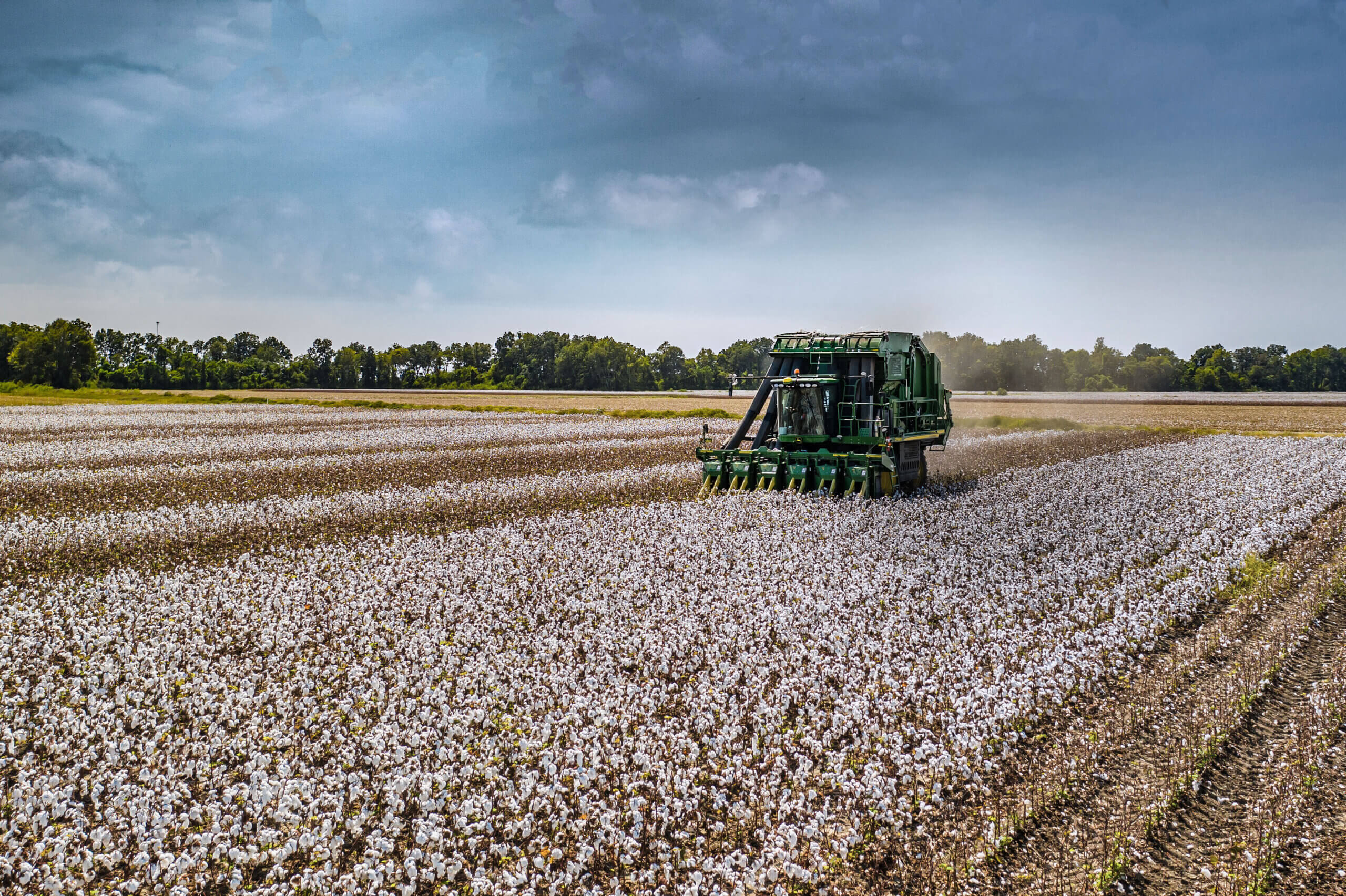
Cotton: Why transparency is so difficult and yet so important
Intransparent value chains are the source of major sustainability problems. But value chains are a complex structure, which makes traceability difficult. How are we at Muntagnard part of the solution when it comes to the controversial material of cotton?
That's what this article is about:
1️⃣ Cotton: problems and challenges.
2️⃣ Alarming examples of problems.
3️⃣ Textile value chains.
4️⃣ Traceability at Muntagnard
1. The global problems and challenges in cotton
With about 24% of global textile fiber production in 2020, cotton is the most popular natural raw material, beaten only by inexpensive synthetic polyester at 52%. The global relevance of the material is therefore indisputable. The negative environmental and social effects, unfortunately, as well.
These are the key problems and challenges in cotton worldwide:
In our opinion, the lack of transparency is the biggest challenge.
1. Problems and challenges with cotton
With about 24% of global textile fiber production in 2020, cotton is the most popular natural raw material, beaten only by inexpensive synthetic polyester at 52%. The global relevance of the material is therefore indisputable. The negative environmental and social effects, unfortunately, as well.
These are the key problems and challenges with cotton:
In our opinion, the lack of transparency is the biggest challenge.
2. Alarming problem examples
Initially, we clearly decided against using cotton in products. Specifically, examples like these have made us doubt using the natural resource:
- "Made in" is not enough
Many people associate the designation of origin "Made in Europe" with trustworthy quality. Did you know that this indication only says where a garment was sewn together? Material origin and upstream processing are not taken into account here. That is therefore not enough for us! - Greenwashing
According to the latest report, 50-80% of organic cotton from India is not organic at all. A recent development: In April 2022, the largest Indian certifier withdrew because it could no longer guarantee the organic standard among cotton producers in India. India is the country that grows over 50% of the world's organic cotton. - forced labor
China produces more than 1/5 of the world's cotton. 85% of them in Xinjiang, where hundreds of thousands of Uyghurs were forcibly employed in the cotton harvest.
Conclusion: Organic standards are often touted as a sustainable solution, but traceability cannot be assured.
3. Value chains in textiles: a complex structure
For each production step along the value chain there is a separate, specialized plant and these are often also in different countries. A downstream company usually only knows what has gone before.
The individual steps from the cotton field to the finished garment:Furthermore, there are also individual value chains for the individual components such as sewing thread and labels. The topic of transparency is therefore very multi-layered and complex.
The problem: Normally, a clothing brand knows the sewing shop, and in a good case still the main fabric producers. However, transparency and control do not extend further back.
3. Value chains in textiles: a complex structure
For each production step along the value chain there is a separate, specialized plant and these are often also in different countries. A downstream company usually only knows what has gone before.
The individual steps from the cotton field to the finished garment:Furthermore, there are also individual value chains for the individual components such as sewing thread and labels. The topic of transparency is therefore very multi-layered and complex.
The problem: Normally, a clothing brand knows the sewing shop, and in a good case still the main fabric producers. However, transparency and control do not extend further back.
4. Our solution approach
From the challenges mentioned, it was clear to us from the outset that we would only use cotton if we could ensure that we could trace it back to the field. In addition, the highest social and environmental standards must be ensured and the fibers should be of the highest quality.
This is how we did it at Muntagnard:
- Knowhow through own fabric development
When we started our business we developed our own wool fabric for the LANA Jackets. And in the process acquired extensive know-how about fabric production in all its details. We now apply this knowledge to all our developments. - Raw material from Greece
The raw material for our cotton products comes exclusively from Europe. More specifically, the cotton grows in fields of family farms in Greece. Unlike its conventional counterpart, our cotton is not genetically modified, requires virtually no pesticides, and keeps habitats natural: crop rotation protects soils. In addition, a special irrigation system is used that sometimes collects all excess water for reuse, saving 40% of water. Learn more - Complete European processing
The raw cotton is processed into yarns within 200km to the cotton fields. From there, they are transported to our fabric producer in northern Portugal, where they are processed into luxurious fabrics. Everything within the scope of STeP by OekoTex and Bluesign Standards. All production in Europe thus means not only optimized transport routes (75-90% reduction) and higher environmental guidelines, but also stricter social standards that ensure the safety and well-being of the workers involved. - Recycled alternative
In addition to our European long staple cotton, we also use for our ALGA products recycled cotton from old clothes and production waste.
Facts about our MANGOLA line:
"It was to take a full three years before we could present the solution: MANGOLA."
Discover our cotton products
Sources and more info:
Our supply chain in detail
https://www.fashionrevolution.org/
https://textileexchange.org/
https://www.theguardian.com/
https://apparelinsider.com/
https://www.sueddeutsche.de/
https://supremegreencotton.eu/
https://textileexchange.org/
4. Our solution approach
From the challenges mentioned, it was clear to us from the outset that we would only use cotton if we could ensure that we could trace it back to the field. In addition, the highest social and environmental standards must be ensured and the fibers should be of the highest quality.
This is how we did it at Muntagnard:
- Knowhow through own fabric development
When we started our business we developed our own wool fabric for the LANA Jackets. And in the process acquired extensive know-how about fabric production in all its details. We now apply this knowledge to all our developments. - Raw material from Greece
The raw material for our cotton products comes exclusively from Europe. More specifically, the cotton grows in fields of family farms in Greece. Unlike its conventional counterpart, our cotton is not genetically modified, requires virtually no pesticides, and keeps habitats natural: crop rotation protects soils. In addition, a special irrigation system is used that sometimes collects all excess water for reuse, saving 40% of water. Learn more - Complete European processing
The raw cotton is processed into yarns within 200km to the cotton fields. From there, they are transported to our fabric producer in northern Portugal, where they are processed into luxurious fabrics. Everything within the scope of STeP by OekoTex and Bluesign Standards. All production in Europe thus means not only optimized transport routes (75-90% reduction) and higher environmental guidelines, but also stricter social standards that ensure the safety and well-being of the workers involved. - Recycled alternative
In addition to our European long staple cotton, we also use for our ALGA products recycled cotton from old clothes and production waste.
Facts about our MANGOLA line:
"It was to take a full three years before we could present the solution: MANGOLA."
Discover our cotton products
Sources and more info:
Our supply chain in detail
https://www.fashionrevolution.org/
https://textileexchange.org/
https://www.theguardian.com/
https://apparelinsider.com/
https://www.sueddeutsche.de/
https://supremegreencotton.eu/
https://textileexchange.org/


